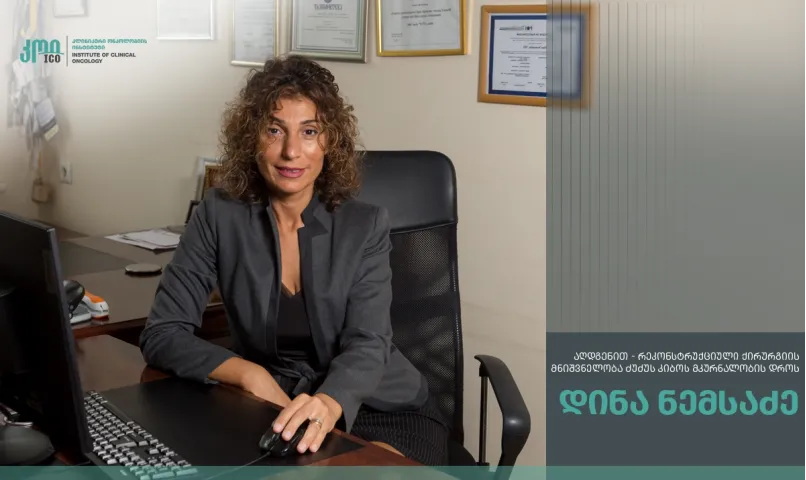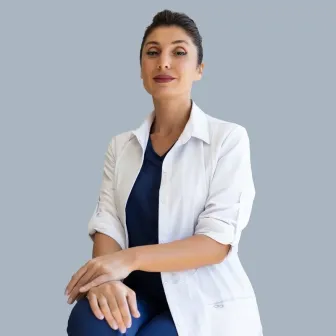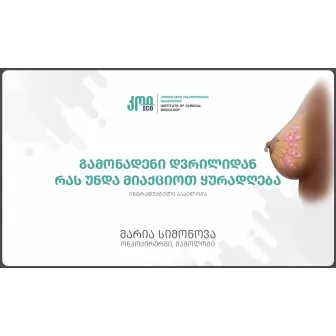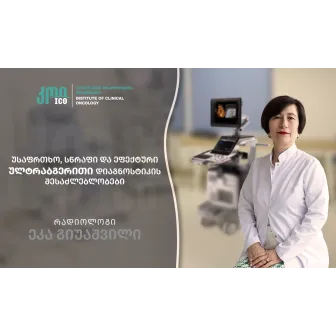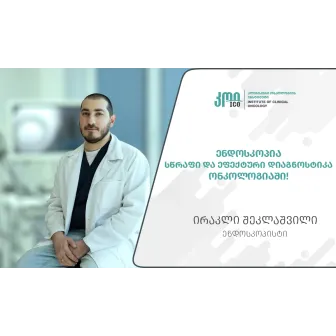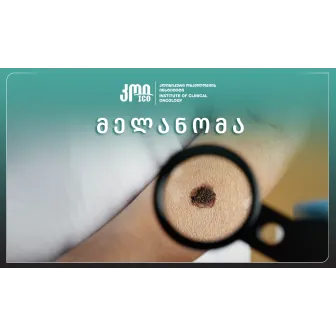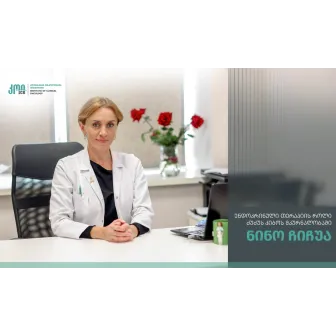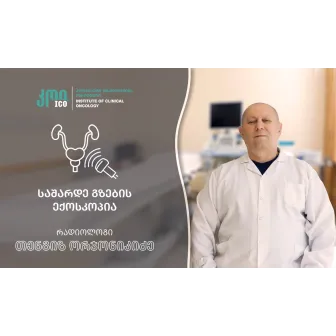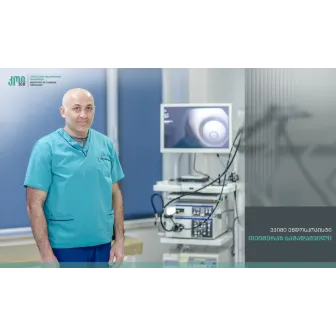Restorative-reconstructive surgery plays an important role in the improvement of a patient’s quality of life. This method aims to restore the shape and function of the body in case of deformations caused by tumors, traumas, inherent defects, and other pathologies. This is the topic, we are discussing with the oncosurgeon of the Institute of Clinical Oncology, MD. Dina Nemsadze
Restorative-reconstructive and plastic surgery has become an active part of oncological surgery in the last decade, mostly often used in mammological practice. Despite the presence of various diseases, a woman always wants to remain a woman and be attractive which caused a need for the active introduction of plastic and restorative-reconstructive surgery to this field of medicine. Our clinic provides its patients the opportunity to undergo any type of plastic or restorative-reconstructive breast surgery.
- How such surgery is planned and what stages does the patient go through?
As for standard plastic surgery, when there is no specific disease, it is much simpler. Basically, two types of surgery are performed: breast augmentation or reduction. The same surgery is also performed in oncological patients when having cases with necessary and inevitable mastectomy. In such cases, we offer them restorative-reconstructive surgery, that can be performed simultaneously or after some period.
- Does the period and time that passed after the mastectomy matter for this surgery?
This surgery can be performed at any time, even twenty or more years after breast mastectomy.
- What is the restorative-reconstructive methodology?
We mainly use artificial implants. When it comes to restoration, this surgery is not a single-time operation, several stages are required to get the final result, although the first stage can be completed immediately after the mastectomy and later, the second delayed stage is required to complete the process by a permanent implant.
- What are the stages of post-breast cancer restoration(reconstructive) surgery?
In the first stage, we use an artificial, temporary implant, called an expander, and after 4-6 months, in the second stage, the expander is replaced with a permanent implant. There is also a special method of grafting with muscle-tissue flaps, which is a more complex surgery and is performed quite successfully in our clinic.
- Do you have a referral for repeated surgery in case of the complications of plastic surgery, not performed in your clinic?
Unfortunately, the cases when patients address us after unsuccessful surgery performed both in Georgia and abroad are quite common. In those cases, we use the muscle-tissue grafting method to cover the visual defect.
- How effective are both of these methods for the patient's psychological health?
This method is very effective for the patient's psychological disposicion when dealing with oncology patients. The process is planned so precisely that the patient is quite calm when going to surgery, and has good expectations, as despite the performed cancer surgery, she feels aesthetically beautiful and psychologically calmed and confident, which significantly improves long-term results.
- Views:8613




